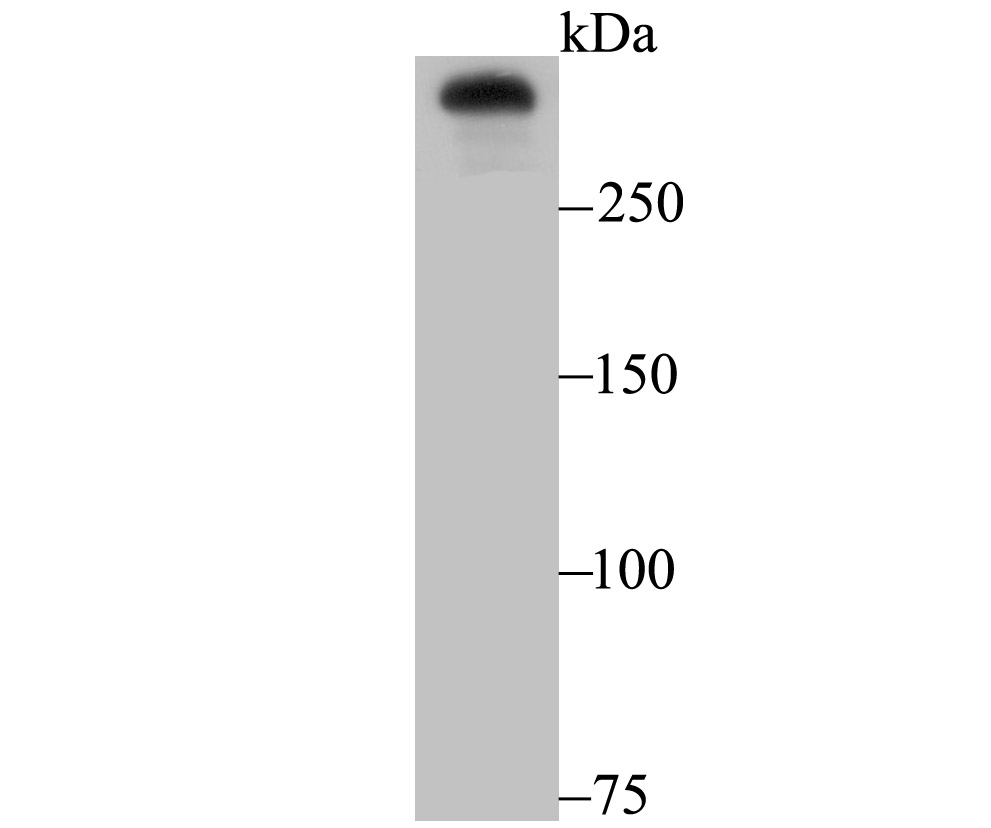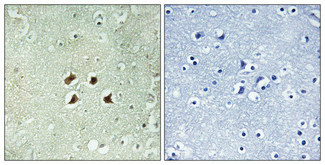Anti-HTT-N17 [scFv-C4], scFv fragment (His), ScFv,
AB04693-30.11-BT
ApplicationsImmunoFluorescence, ELISA, Other Application
Product group Antibodies
TargetHTT
Overview
- SupplierAbsolute Antibody
- Product NameAnti-HTT-N17 [scFv-C4], scFv fragment (His), ScFv,
- Delivery Days Customer9
- Application Supplier NoteThe original format of the antibody could inhibit the aggregation of mHTT-exon1 protein fragments in vitro. The crystal structure of the antibody in complex with HTT(1-17) was determined (De Genst et al., 2015; PMID: 25861763). The specificity of the antibody was confirmed by ELISA analysis. The original format of the antibody-targeted the HD-Q103-myc antigen to cell nuclei in COS-7 cells by immunofluorescence microscopy. The binding affinity of the antibody to HTT(1-17) was measured by surface plasmon resonance (Kd= 7.9 nM) (Lecerf et al., 2001; PMID: 11296304). The antibody selectively bound diffuse htt, but not aggregated htt, as shown by immunofluorescence analysis. Immunoprecipitation experiments in stably transfected, intrabody-expressing STHdhQ111 cells demonstrated that the antibody bound a small fraction of wild-type and mutant endogenous full-length htt (Miller et al., 2005; PMID: 15837560).
- ApplicationsImmunoFluorescence, ELISA, Other Application
- CertificationResearch Use Only
- ClonalityMonoclonal
- Clone IDscFv-C4
- Gene ID3064
- Target nameHTT
- Target descriptionhuntingtin
- Target synonymsHD, IT15, LOMARS, huntingtin, huntington disease protein
- Protein IDP42858
- Protein NameHuntingtin
- Scientific DescriptionThis is a reformatted human scFv antibody, based on the original human scFv format, created for improved compatibility with existing reagents, assays and techniques.
- Storage Instruction-20°C,2°C to 8°C
- UNSPSC12352203






